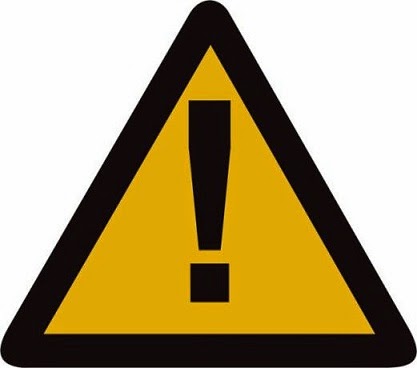Output From The Laser Printer is Not Clear
The printouts from Laser printers are usually of high precision and quality .if the printout is not clear ,the problem may be because of dirt or inadequate toner.horizontal lines throughout the printouts indicate dirty drums or rollers in the printer.
how to solve this problem
1 Turn Off The Printer and remove any connection
2 Open the printer and remove the paper tray
3 Remove the toner
4 Clean the Cavity where toner is placed ,with a clean dry cloth. some laser printers are supplied with a brush .Use the brush if it is provided
5 . Clean spilled toner ink the interior of the printer
6 . Clean the OPC drum of the toner and shake it.
7. Clean the rollers of the printer, Except the sponge roller.
8. Replace the toner if the above steps do not work.
Note :- Don't open The toner and expose the OPC drum to direct sun light which may damage the OPC drum permanently.
The printouts from Laser printers are usually of high precision and quality .if the printout is not clear ,the problem may be because of dirt or inadequate toner.horizontal lines throughout the printouts indicate dirty drums or rollers in the printer.
how to solve this problem
1 Turn Off The Printer and remove any connection
2 Open the printer and remove the paper tray
3 Remove the toner
4 Clean the Cavity where toner is placed ,with a clean dry cloth. some laser printers are supplied with a brush .Use the brush if it is provided
5 . Clean spilled toner ink the interior of the printer
6 . Clean the OPC drum of the toner and shake it.
7. Clean the rollers of the printer, Except the sponge roller.
8. Replace the toner if the above steps do not work.
Note :- Don't open The toner and expose the OPC drum to direct sun light which may damage the OPC drum permanently.






















